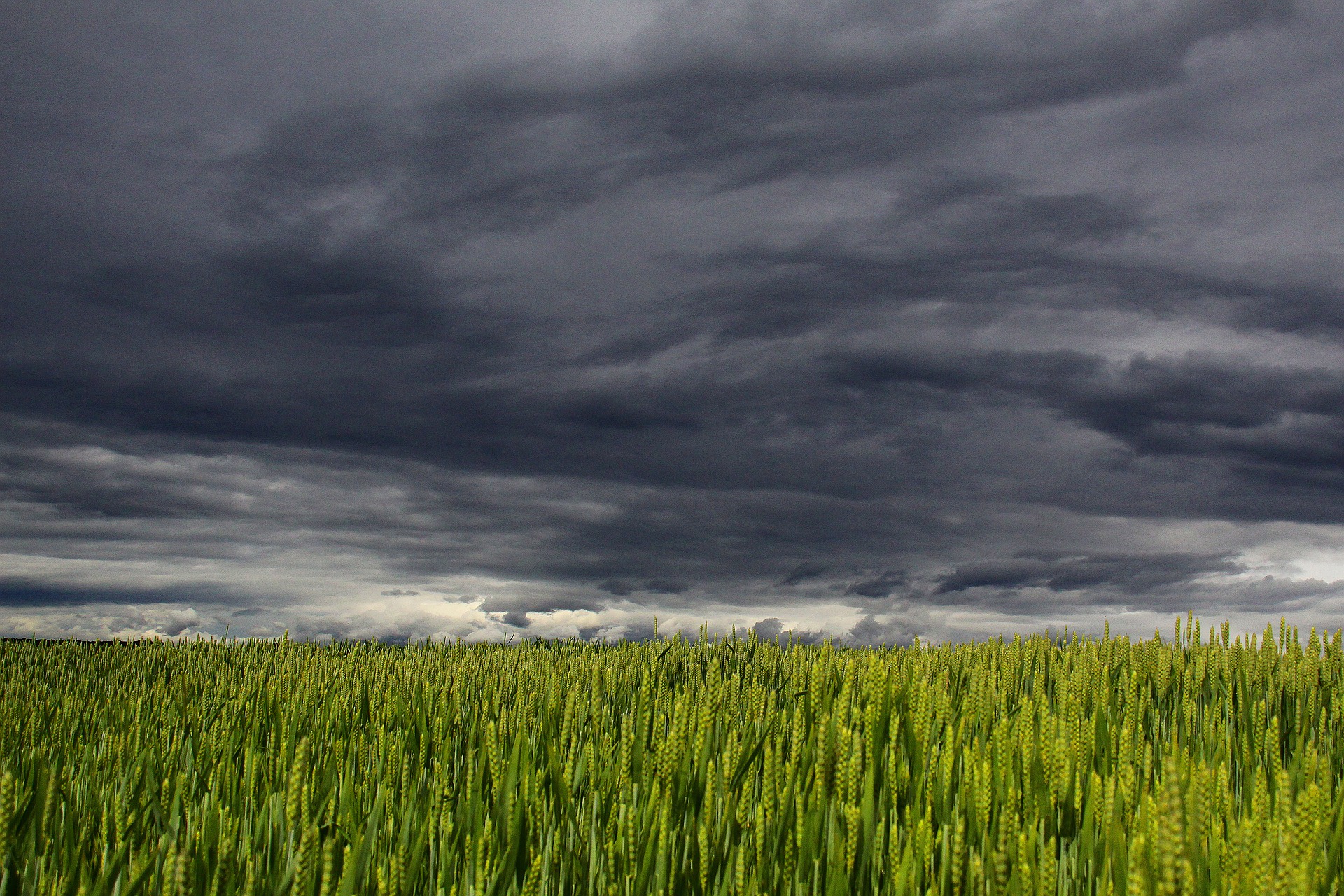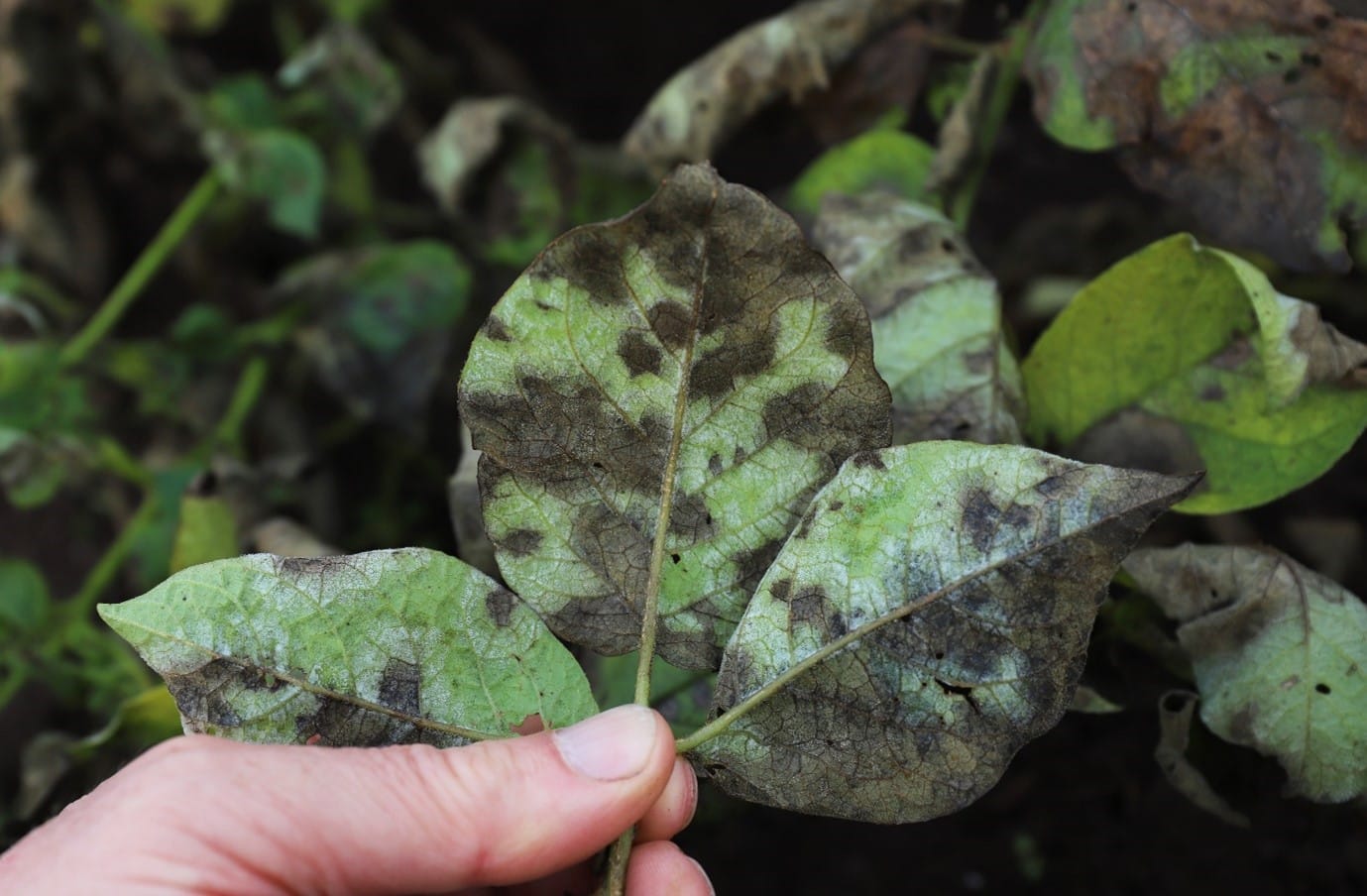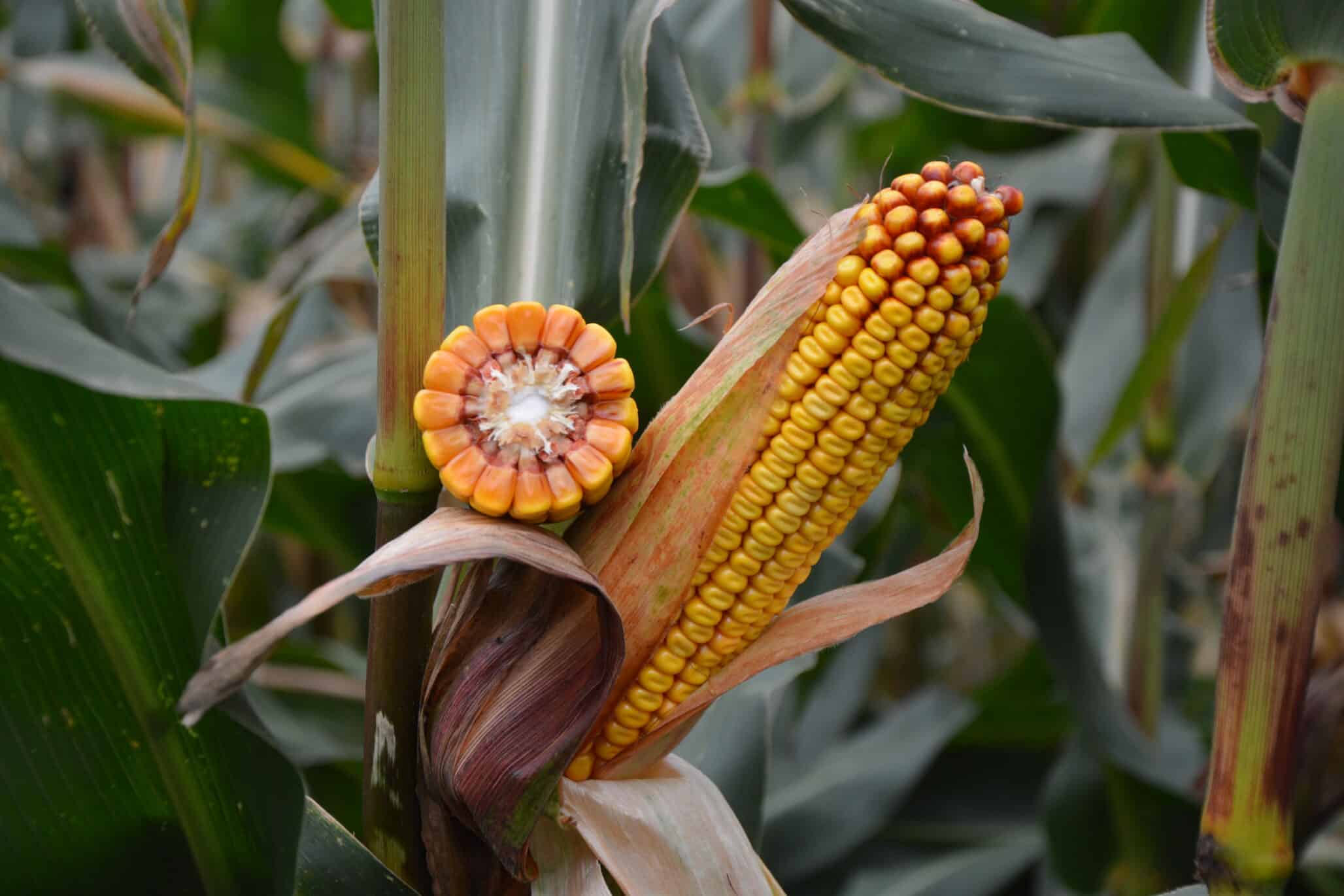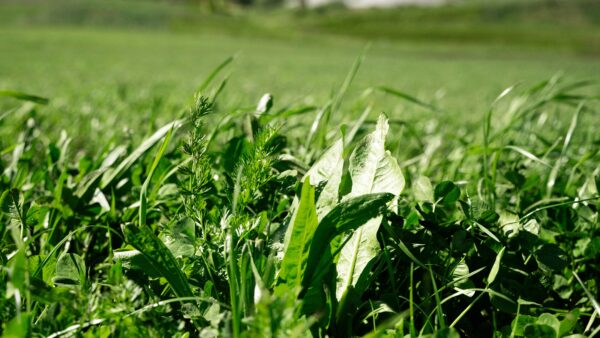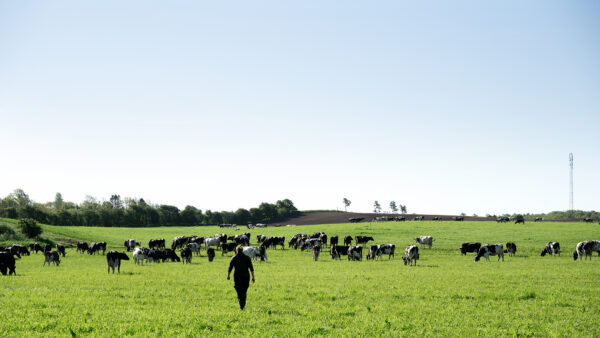Scotland’s climate has always been unpredictable, resulting in both favourable and challenging conditions for agriculture.
Some years bring ideal weather and soil conditions, leading to successful growing seasons and harvests, while others suffer from dry springs or overly wet harvests, according to a press release from the James Hutton Institute. Despite these fluctuations, many years fall within a more moderate range, allowing our arable systems not only to endure but to thrive.
However, climate change — driven by human activities that increase greenhouse gas emissions and diminish carbon sink capacity through practices like deforestation — is now amplifying weather variability both nationally and globally. This heightened unpredictability is affecting growing conditions and posing a threat to agricultural productivity.
Research conducted by The James Hutton Institute indicates that Scotland’s climate has already undergone significant changes since 1960. Temperatures have risen by over 1°C, and in some areas, by nearly 2°C. Rainfall, particularly in the western regions, has increased during November, December, and January, surpassing the projections made by climate models for the period between 2020 and 2050.
Looking ahead, what does the long-term meteorological outlook hold for Scotland’s arable regions? This can be understood through three interconnected trends:
1. Rapidly changing background conditions such as increasing temperatures, variable precipitation seasonality and changing ‘climatic water balance’ (the difference between rain in and evaporation out) leading to increasing water scarcity whilst higher temperature mean a longer growing season, reduced frosts and faster growth stage development;
2. Increasing variability beyond the range of what we have experienced in the past, making management and planning problematic;
3. More extremes, particularly strong winds and excess rainfall in the winter threatening more floods and higher levels of water deficit due to droughts. Climate change makes this ‘deluge and drought’ scenario more likely annually and even within the same growing season. My concern is for when we have back-to-back poor years, as this will really stress test the resilience of both our agricultural and natural systems.
The frequency and intensity of storms are closely linked to global climate patterns, particularly the El Niño phenomenon and the speed and position of the jet stream. During El Niño events, rising ocean temperatures increase the energy available to fuel storms. In the winter of 2023-24, we experienced 13 named storms, including Storm Babet, which caused soil saturation from October through late spring. This severely impacted winter-sown crops and delayed spring planting. Such extreme conditions are expected to become more frequent and severe.
Despite these growing threats and associated risks, there are also potential opportunities. Some future years may bring favourable growing conditions and strong harvests. However, the impact of future climatic changes on crop diseases remains less understood. The challenge for all types of farming, not just arable, and their supply chains will be to adapt to increasing variability and extremes.
The release notes that: “On a positive note, the science of understanding the many complicated interacting factors and teleconnections between global climatic influences determining our weather is improving, enabling better anticipation that extremes may occur. This improving knowledge of the climate, combined with research on adaptation and resilience building in agricultural systems, such as that undertaken at The James Hutton on regenerative agriculture, will help us reduce our exposure to risk and the severity of climatic impacts whilst realising some of the benefits. Fundamentally though is the need for climate change mitigation. We need to remove the problems associated with a destabilising climate by reducing the emissions from all sectors of society and work with Nature to capture carbon dioxide. Hence the future outlook, not just meteorologically, is both threatening but also bright — if we understand the scale and proximity of the threat and react according by applying appropriate solutions.”


